15 Consumer Staples Stocks You Can Count On
The market’s valuation is stretched, with the Standard & Poor’s 500-stock index nearing a price-to-earnings ratio of 20.


The market’s valuation is stretched, with the Standard & Poor’s 500-stock index nearing a price-to-earnings ratio of 20. Meanwhile, financial experts including French investment bank Natixis are warning investors about a potential U.S. economic slowdown. In other words, it wouldn’t be wrong to start thinking about defensive investments – and that should include consumer staples stocks.
Utilities are the first-to-mind defensive sector because of their nearly monopolistic control over essentials such as power and water, which produces slow, steady growth and sizable yields. But don’t forget consumer staples – companies that sell necessary everyday goods such as laundry detergent, toothpaste, and of course, food. These stocks offer stability in an increasingly volatile market, and many of them pay reliable dividends to boot.
To that end, here’s a look at 15 of the market’s most reliable consumer staples stocks. Some of these companies will be familiar. A couple, while sizable, aren’t as recognizable. Don’t let the obscurity of the name or the seemingly boring business lines fool you, though. These stocks eventually will reflect the value that their consistency brings to the table.
Data is as of Oct. 27, 2017. Dividend yields are calculated by annualizing the most recent quarterly payout and dividing by the share price. Click on ticker-symbol links in each slide for current share prices and more.
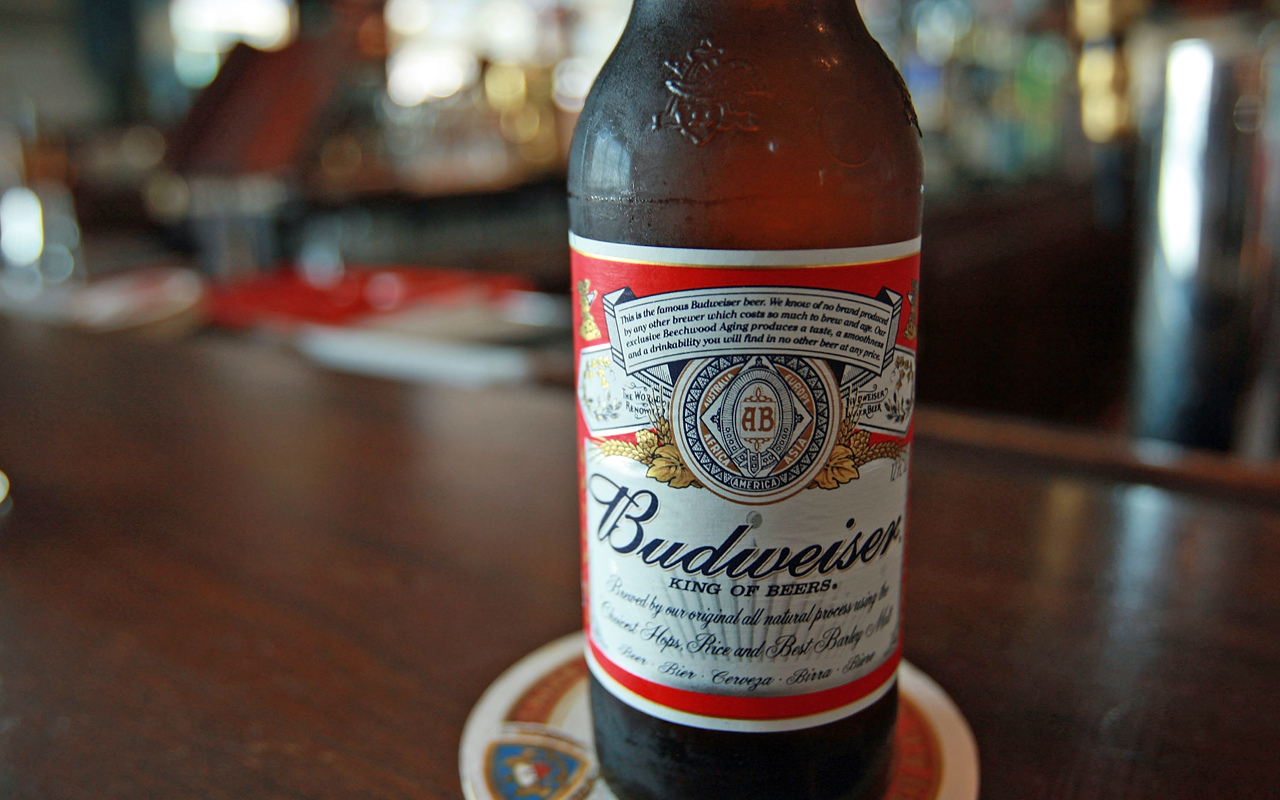
Anheuser-Busch InBev
The world drinks beer regardless of the global economy’s condition, so while annual beer consumption may have hit its peak in 2013, the business isn’t going to die anytime soon. That puts consumer staples giant Anheuser-Busch InBev (BUD, $119.69) in an enviable position.
Anheuser-Busch is the world’s biggest brewery, but many investors don’t realize the full extent of its dominance. It controls roughly 21% of the global market, and about 45% of the U.S. market – and that doesn’t include the share it gained by folding in Miller parent SAB Miller in 2016. Anheuser-Busch leverages several dozen brand names ranging from value-oriented Budweiser to higher-end Stella Artois. The company can find something in its wheelhouse to sell to anyone at any time, and it has, rekindling growth in 2016 that has persisted well into 2017.
The real story here is Anheuser-Busch InBev’s dividend. It’s only a biannual payout, but it’s generous (yielding 3.2%) and affordable, and has steadily increased over time. Look for more of the same going forward as the company further develops recently acquired beer brands such as Devils Backbone and Wicked Weed.
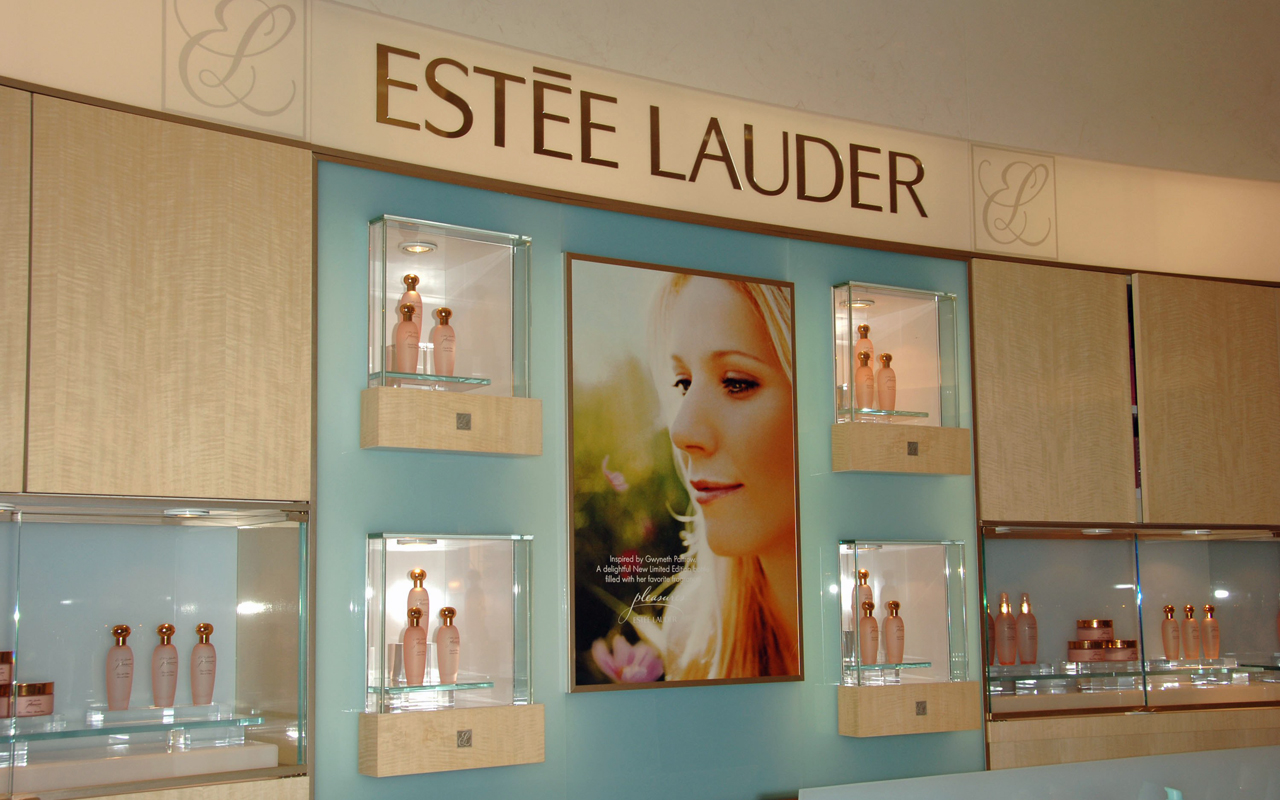
Estee Lauder
If you don’t think vanity is a powerful force, tell customers of cosmetics giant Estee Lauder (EL, $111.87) they can no longer buy their favorite beauty products and wait for the reaction. Once a person finds a cosmetics regimen that works for them, they don’t want to deviate from it.
The end result is stunningly steady growth of the company’s top and bottom lines. Estee Lauder plowed through the 2007-09 subprime mortgage meltdown and ensuing recession almost as if it wasn’t happening – a testament that consumers prioritize their makeup needs.
The pros expect more of the same. Morningstar’s Sonia Vora explained earlier this month, “While we believe the company is likely to pursue bolt-on acquisitions to expand its reach in the prestige beauty space, which could increase its debt load, we expect its free cash flows to strengthen (averaging above 11% of sales over the next decade) as its cost-saving efforts materialize, providing its balance sheet with the financial flexibility to support these deals.” Vora went on to say of Estee Lauder’s 1.2%-yielding dividend, “We estimate the Lauder’s dividend payout ratio will average 40% over our forecast, a touch higher than the 36% ratio over the past five years, which suggests dividend growth averaging above 10% over this frame.”
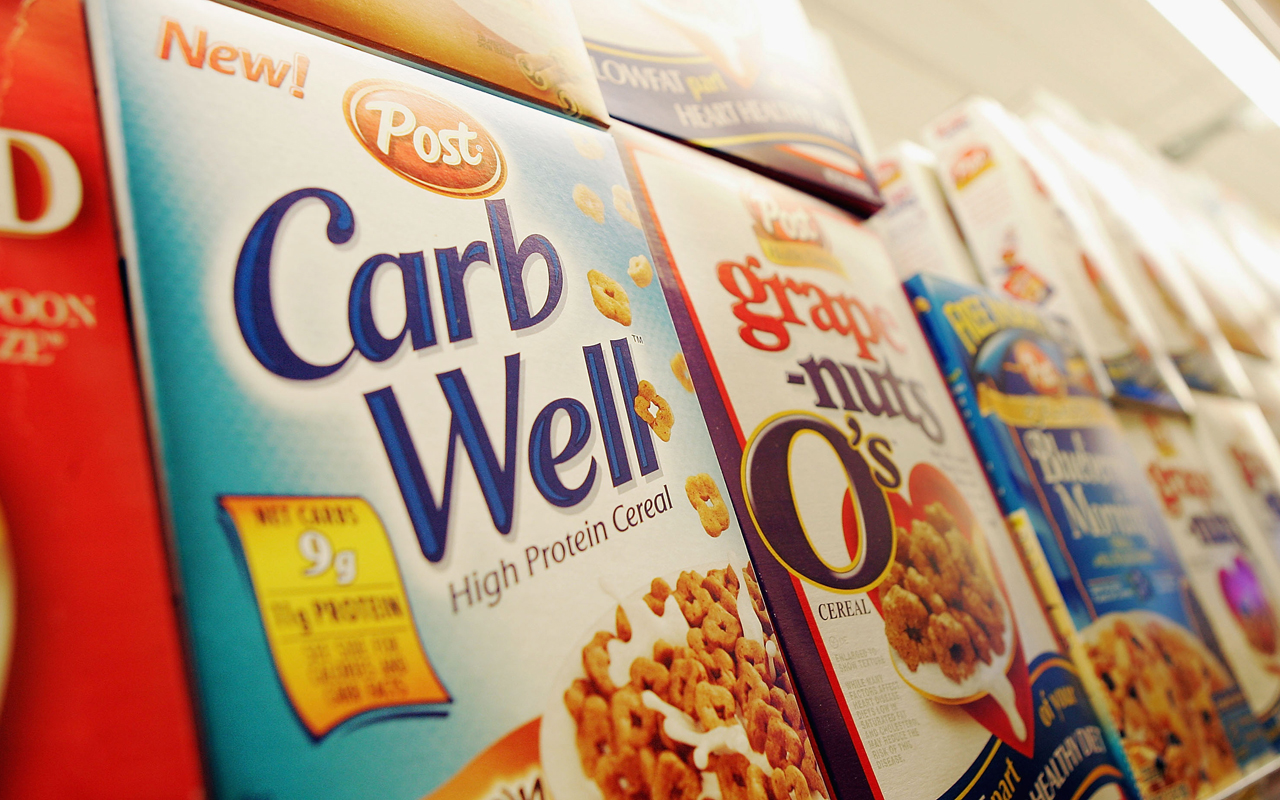
Post Holdings
You know Post Holdings’ (POST, $82.66) flagship products like Fruity Pebbles and Grape Nuts, both of which are sold under the Post label. You might not know that Post also is the parent company of Michael Foods, Attune Foods and more, supplying restaurants as well as consumers. It’s even the maker of Premier Protein drinks and a handful of private-label products.
This diverse product base has set the stage for steady revenues. Profits have been a different story of late, but not because of a lack of business. Some unusual and non-recurring expenses – from events such as acquisitions and facility closings – have weighed on the bottom line, but they’ll fade away in the future.
The big story with Post right now is its intended acquisition of Bob Evans Farms (BOBE), primarily to garner its refrigerated side dishes and frozen breakfast products. A handful of law firms are publicly questioning the adequacy of the purchase price, leaving some shareholders wondering whether the deal could be scuttled. Don’t let this posturing nag you – this is a “new normal” following M&A announcements, and threatened litigation rarely goes anywhere.
Indeed, the potential and likelihood of the deal is compelling enough to prompt Wells Fargo analyst John Baumgartner to comment, “We like the acquisition and see it as accretive to revenue growth while the synergy guide will likely prove conservative.” Baumgartner thinks the Bob Evans acquisition could drive a 70% increase in sales within just a few years while saving the combined entity tens of millions of dollars per year.
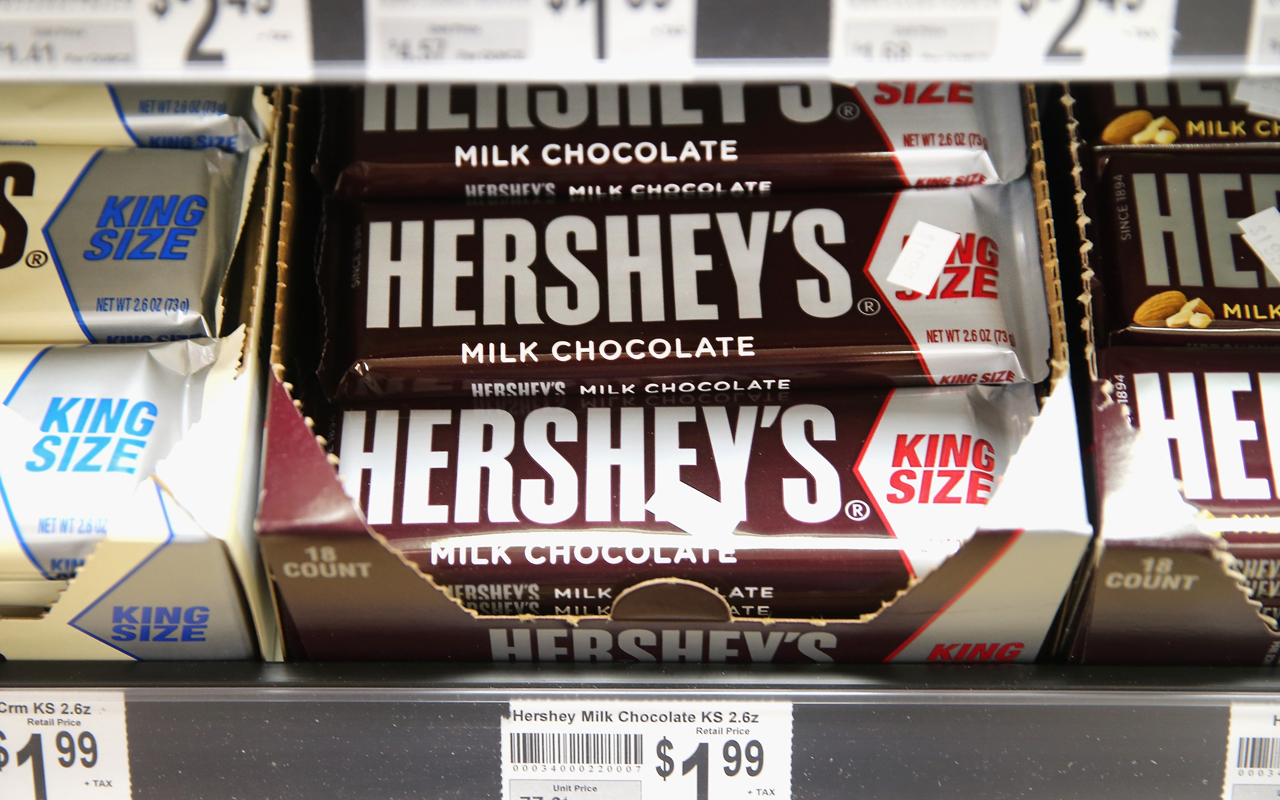
Hershey
Addicted to chocolate? If so, you’re not the only one. Americans collectively eat about 9.5 pounds per person, according to Euromonitor. Globally, the world spends just more than $100 billion on chocolate every year.
Those are numbers that bode well for famous chocolate icon Hershey (HSY, $104.08), which has posted steady revenue and earnings growth for years now, with only a few ebbs and flows in between. The dividend of 2.5% isn’t too shabby, either. Hershey will end up paying out about 55% of this year’s earnings in the form of dividends – not so much that the company crimps its ability to invest in its own growth.
Case in point: Hershey is rumored to be preparing a bid for Nestle’s (NSRGY) U.S. candy business. Pairing the two consumer staples organizations would give Hershey even greater scale, allowing it to reduce relative expenses and drive wider margins. Those wider margins open the door to even faster dividend growth than the company’s pace over the past couple decades.

Brunswick Corporation
One would think sales of boats, fitness equipment and billiards goods would be cyclical, rising and falling in conjunction with the global economy’s growth and contraction. However, while Brunswick Corporation’s (BC, $50.00) results can heat up and cool off like any other company’s, all things considered, they have been remarkably consistent. The company has reported revenue growth in six of its past seven quarters, and it’s in the midst of its seventh year of forward progress.
One dynamic to note: As of May 2017, mid-tier boat sales were at a post-recession peak, while yacht sales are down despite a booming stock market. The explanation for this isn’t entirely clear, and there are likely multiple contributing factors. Brunswick CEO Mark D. Schwabero arguably has his finger on the pulse of things, though, recently suggesting, “(Fishing) is the No. 2 activity in America. Millions and millions of people fish, and I think that’s one of misconceptions ... a lot of the volume is really about people who fish, go on the lakes, it’s time with buddies, it’s time with family, grandchildren. It’s really a lifestyle. And these are just middle-class Americans.” Much like golf, food or cosmetics, sometimes consumers just don’t skimp on their boating no matter the cost.
Regardless of reason, this market environment bodes well for Brunswick, as only 4% of its revenue comes from “big boats.” The rest comes from the aforementioned fishing boats and smaller boats that are more about fun than frills.

Nomad Foods
If you’ve never heard of Nomad Foods (NOMD, $15.00), don’t sweat it. The frozen-foods company is based in the United Kingdom and primarily serves the European market, and it doesn’t sell any goods under the Nomad name. Consumers are more familiar with its trade names including Findus, Iglo and BirdsEye.
NOMD shares offer two benefits. Not only are frozen peas, carrots and broccoli always in demand regardless of the environment – the most recently reported quarter’s organic growth was 3.5% – but U.S. investors can use Nomad Foods as a way of diversifying geographically, sidestepping at least some of the currency volatility that could otherwise be a drag on earnings for U.S.-based corporations.
Investors should know that the company’s stock previously was listed on the London Stock Exchange under the ticker “NHL.” Some corporate information is available using that ticker, but the only valid, liquid listing accessible to North American shareholders is the New York Stock Exchange-listed ticker “NOMD.”
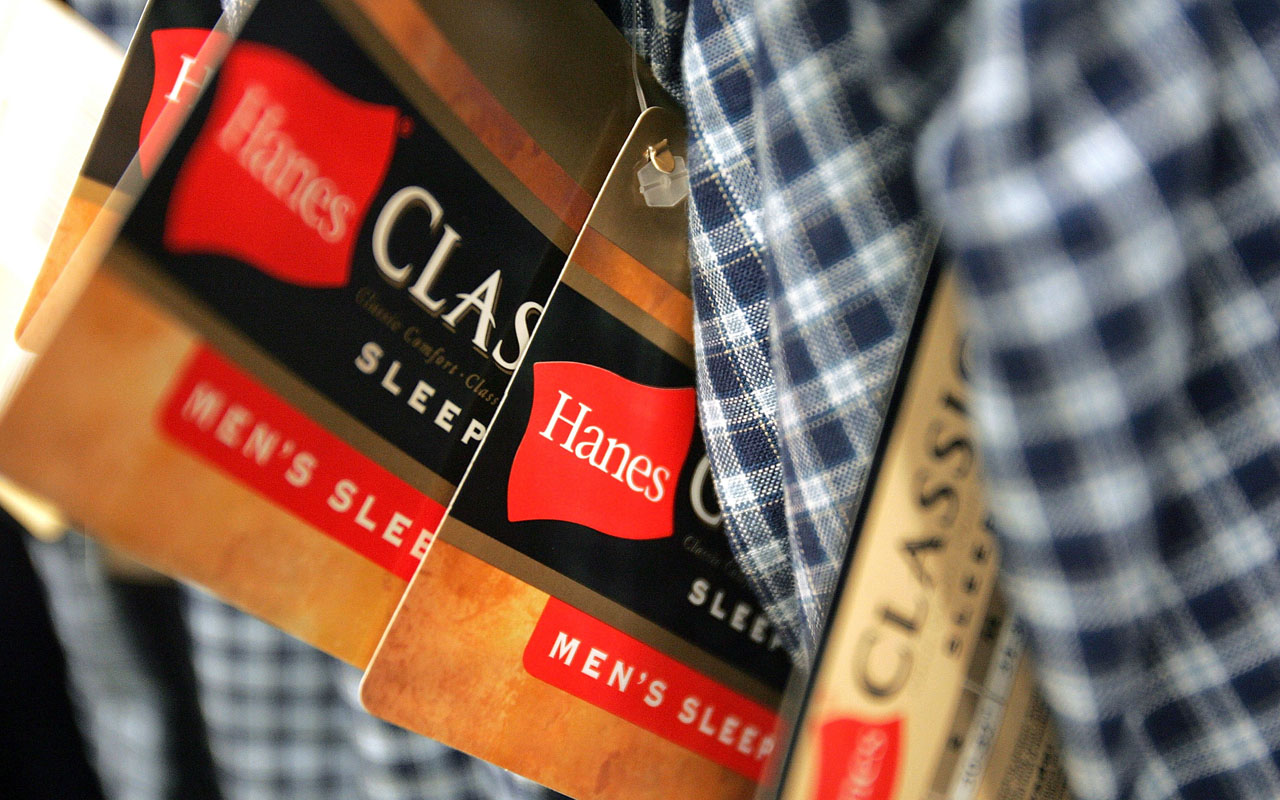
Hanesbrands
Most consumers occasionally pick up a pack of T-shirts or some new pantyhose without a second thought. That’s the point. While the average person won’t notice a few bucks spent here and there, when a wide swath of those buyers choose Hanes-branded goods from Hanesbrands (HBI, $22.52), that creates a predictable cash spigot.
Hanesbrands’ revenue and earnings have been steadily growing since 2010 even though underwear and socks are essentially a commodity. The company is on pace to generate $6.45 billion worth of revenue this year, up 7% from 2016’s top line. That would mark the seventh time in eight years that Hanesbrands has improved its sales on a year-over-year basis.
The company’s steady growth is a testament to the idea that savvy marketing and the benefits of scale can prod consumers to choose your “commodity” over another, and more of the same is in the cards. In October, Hanesbrands announced it would acquire a small outfit called Alternative Apparel, adding it to a lineup of several new additions. Each newcomer not only gives Hanesbrands something new to sell, but it allows greater sharing of expenses, which ultimately leads to wider margins. Wide margins, in turn, set up the prospect of bigger dividends; HBI currently yields 2.7% on its 15-cent quarterly payout, which represents a sustainable 31% of profits.
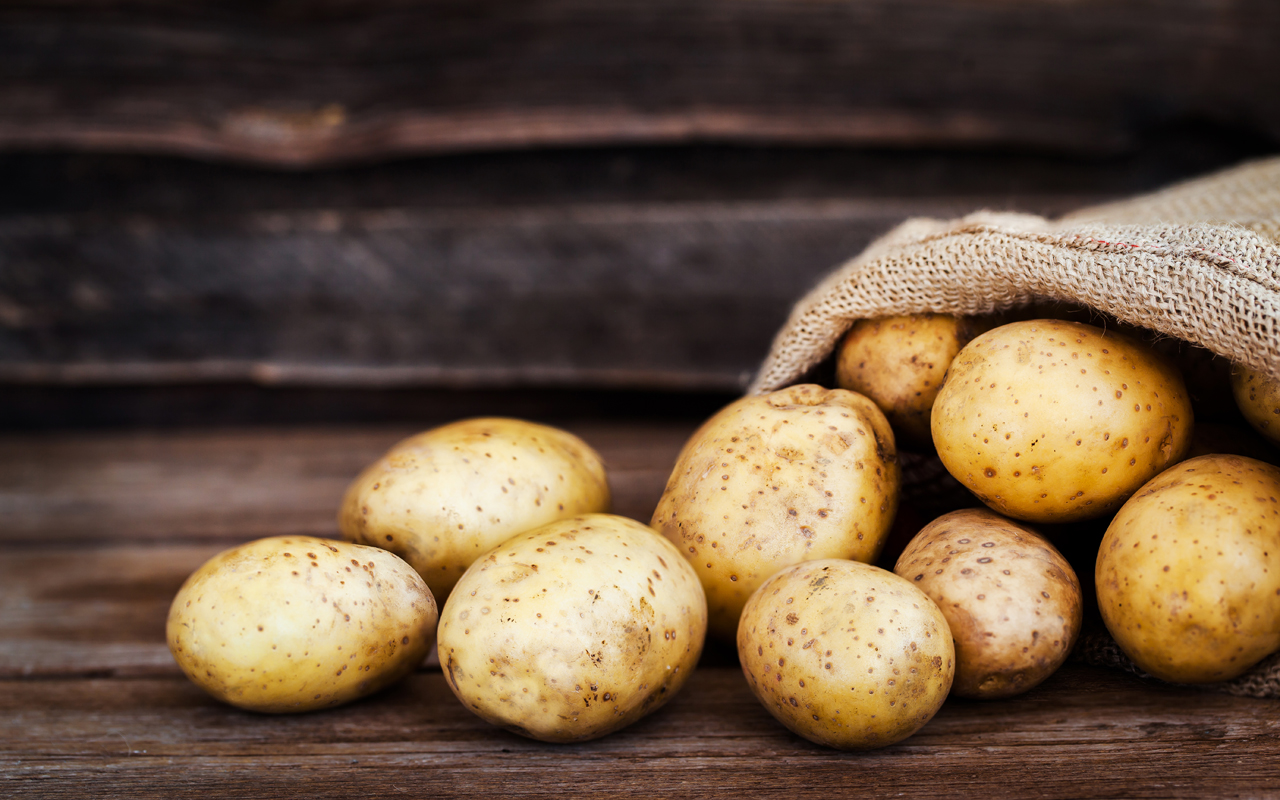
Lamb Weston
It would be surprising if an investor had heard of Lamb Weston (LW, $50.82). It also would be surprising if a consumer had never enjoyed a product that the company helped supply.
Lamb Weston is one of the biggest suppliers of potato products and vegetables to American restaurants. If the name doesn't sound familiar, however, that's because it was spun off from ConAgra Brands (CAG) just a year ago. The move allows Lamb Weston to better capitalize on an opportunity on potatoes and lets ConAgra better focus on its consumer brands.
Per capita potato consumption in the United States has been dwindling since the mid-1990s, rolling in at 111 pounds per person in 2016. However, while it may feel counterintuitive to wade into a company that’s targeting a shrinking industry, that dynamic bodes well for the leading company in a space that eventually will narrow to just one key player.
That key player may be Lamb Weston.

Blue Buffalo Pet Products
Pet owners may or may not be familiar with Blue Buffalo Pet Products (BUFF, $29.09). This company sells pet food under what looks like just a “Blue” label, though if you look closely at the logo, you will find the full company name, along with a picture of a buffalo.
Regardless of the branding clarity, just like people have to eat regardless of the economic environment, people feed their pets just as reliably as they feed themselves. Americans spend more than $69 billion per year on their pets, with half of them choosing premium food choices where possible. That’s Blue Buffalo’s proverbial bread and butter.
The proof in the pudding is four consecutive years of revenue growth in an increasingly competitive market, and double-digit income growth in three of those four years. Those same pros are looking for similar performance going forward, including 15.7% average annual profit growth over the next half-decade.
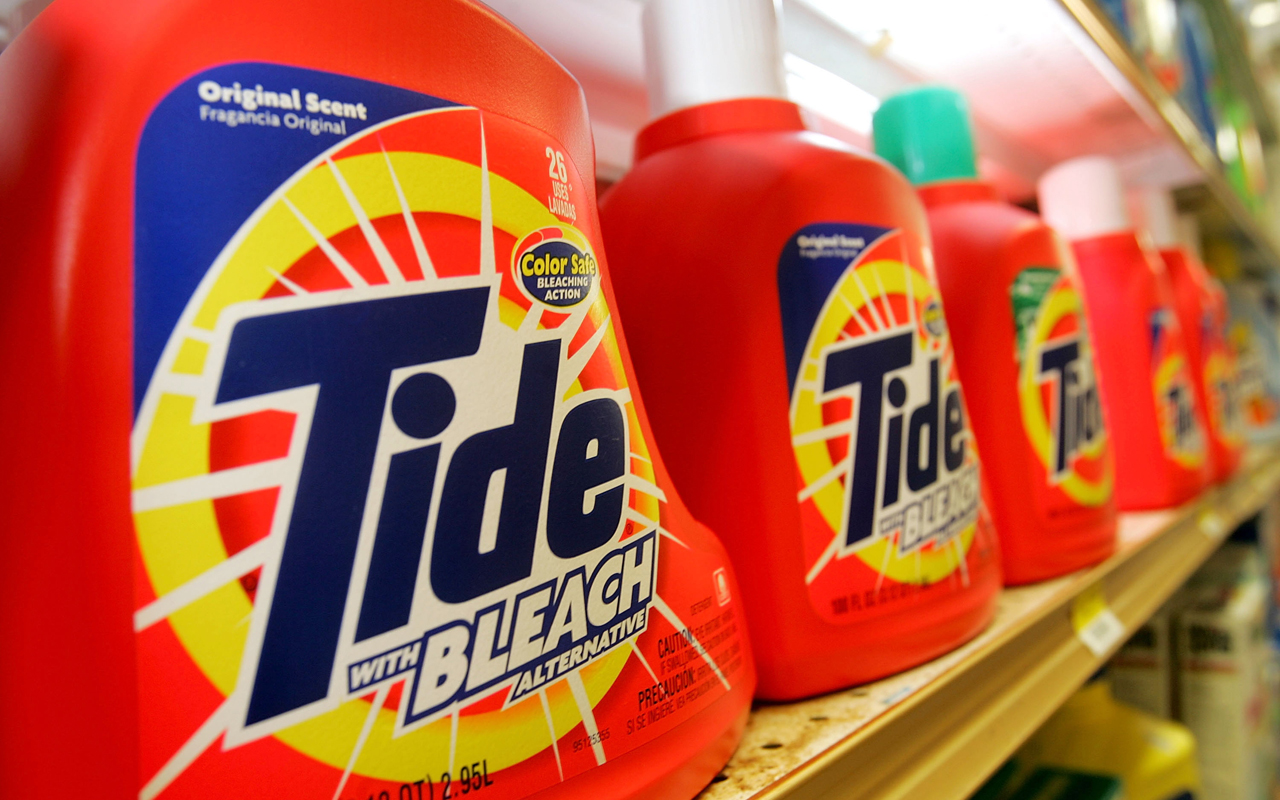
Procter & Gamble
Name the first 10 consumer goods brands you can think of. Odds are, at least half of them are owned by Procter & Gamble (PG, $87.04) – one of the biggest and most recognized consumer staples stocks on the market. Gillette, Tide, Tampax and Luvs are just some of the brand names under the P&G umbrella. In some regards, Procter & Gamble is a mini-mutual fund, with a focus on consumer staples.
Let’s call a spade a spade. Procter & Gamble hasn’t lived up to expectations for the past several years, perhaps falling victim to its own size and over-diversification. Sales have declined since 2013, partly due to divestitures and partly due to simply not attracting enough customers. P&G now spends a lot of time and money just managing the bureaucracy, the top end of which has become dangerously removed from the front lines.
Changes are finally afoot, though, priming the pump for better days. Morningstar’s Erin Lash recently wrote, “We think P&G is rightly focused on extracting costs – the fruits of which aided operating margins to the tune of 190 basis points despite the hit from input cost inflation – reflecting aims to reduce overhead, lower material costs, and increase manufacturing and marketing productivity. We don’t think these efforts merely stand to bolster profits, but we think the company will prudently allocate these savings to fuel added brand spending with a bent toward launching value-added new products around the world and marketing this fare to consumers.”
This overhaul should make Procter & Gamble a fierce consumer staples contender again. Its 3.2% dividend yield will reward patient investors who wait.
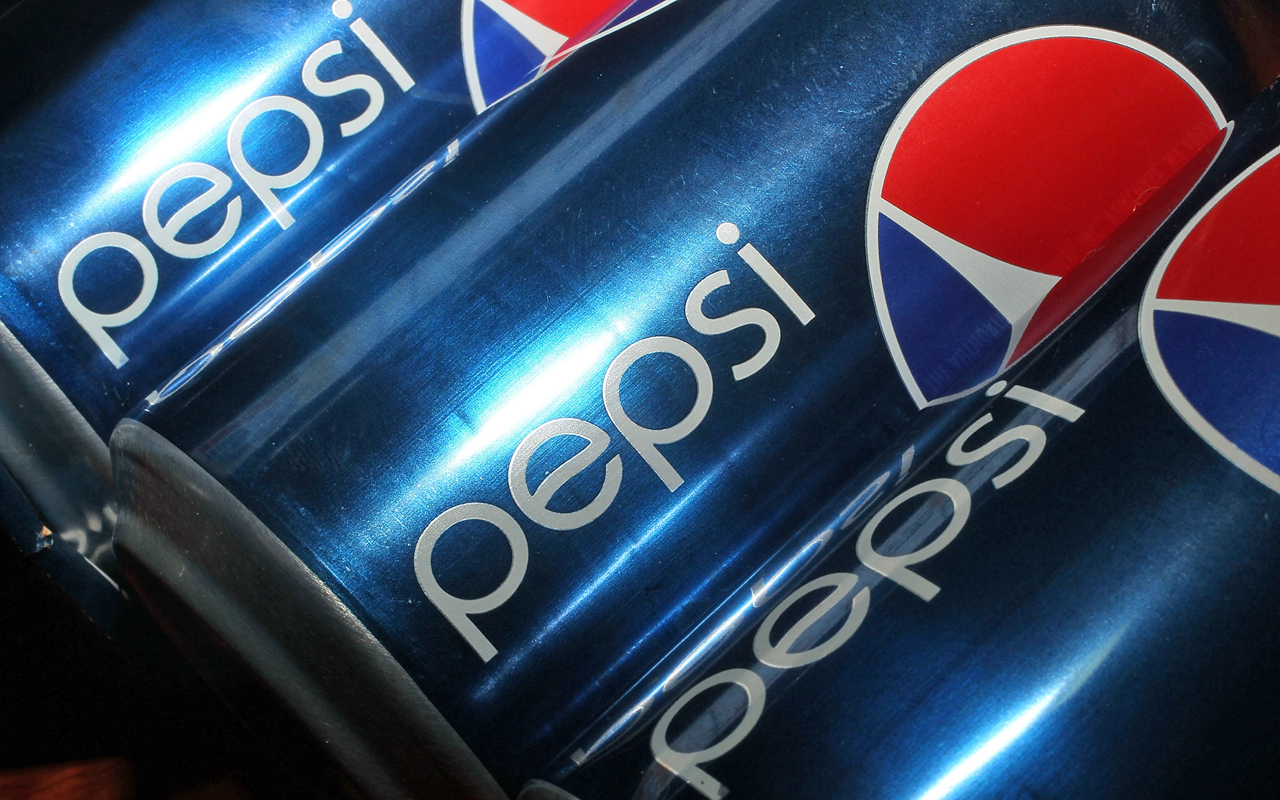
PepsiCo
Procter & Gamble may be the prototypical mutual-fund-in-a-company, but PepsiCo (PEP, $110.60) is of the same ilk, and reaping similar benefits. It’s the parent company of Pepsi-Cola and Mountain Dew, not to mention Aquafina bottled water. It also owns Lay’s brand potato chips, Quaker Oats, Tropicana, Gatorade and more. It can always find something to sell to someone, even if it must change how it sells its goods to adjust to changes in the marketplace.
PepsiCo hasn’t driven much growth in recent years, with revenues actually down 5.6% over the past five years. Credit stiffer competition as well as an increasing consumer preference for healthier food and drink options than the company historically has offered. PepsiCo finally has found a winning formula, though, leveraging some new brands and products to set the stage for decent growth in the future. The company’s 2.9% dividend yield nicely complements that growth.
Thank CEO Indra Nooyi for the successful repositioning. As TheStreet.com’s Jim Cramer recently put it, “If you want growth, income and consistency, you’re still going to have to go to Indra Nooyi because she’s the best.”
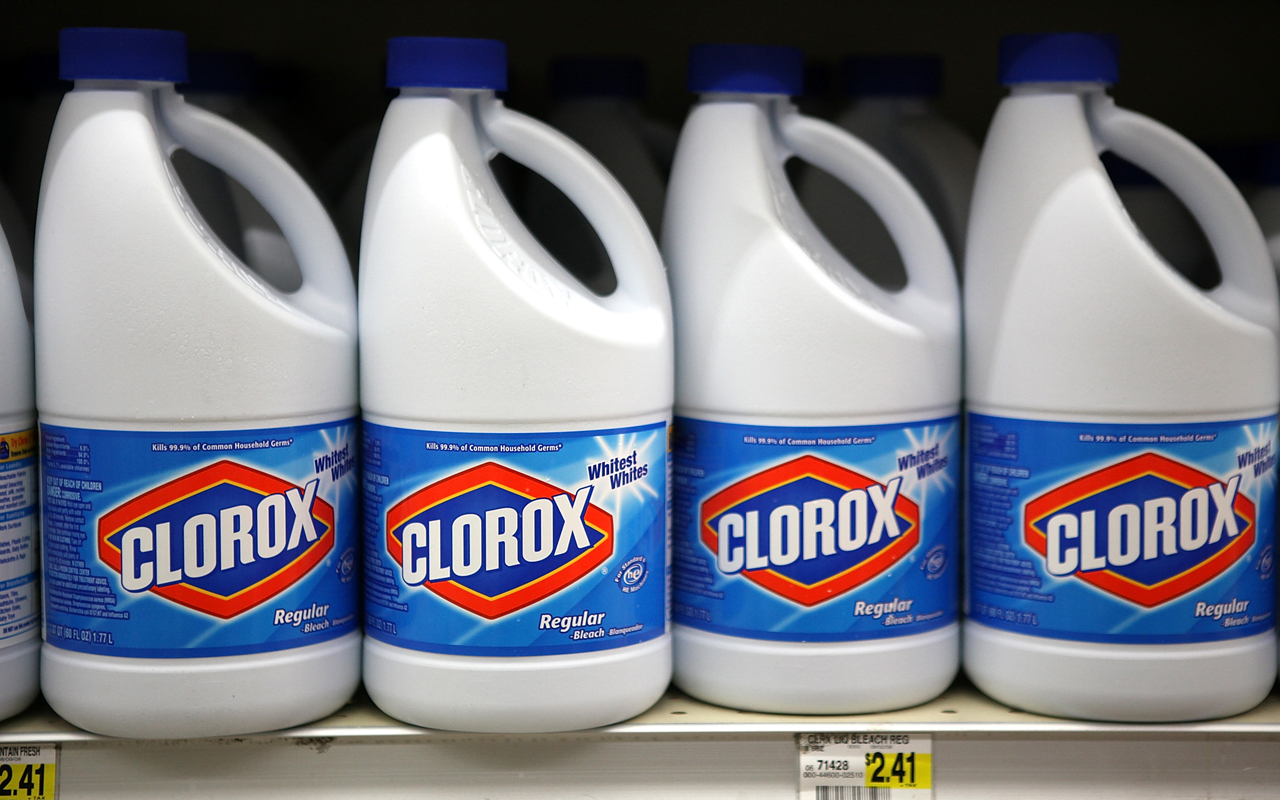
Clorox
The diversity of PepsiCo and Procter & Gamble add a certain degree of stability to their respective revenue flows, but sometimes a more focused set of offerings can be just as potent.
Enter Clorox (CLX, $127.03), which sells liquid bleach under the same brand name, as well as disinfecting wipes, Fresh Step cat litter and other cleaning-focused household goods. While it does feature a few products outside that halo, such as KC Masterpiece barbecue sauce and Hidden Valley ranch dressing, most of what Clorox offers is in the same relatively narrow vein. Consumers may hold off on the purchase of an expensive purse or postpone a vacation, but laundry routines and cleanliness are habits that drive recurring purchases from brand-loyal consumers.
E-commerce giant Amazon.com (AMZN) could be a threat to Clorox by making it easier for shoppers to find alternatives to Clorox's premium-priced goods. However, the company understands how to stay one step ahead of private-label alternatives. CEO Benno Dorer recently explained, “The biggest thing for us to reinvent bleach is to innovate. So we just announced that we are reinventing Clorox bleach right now. We’re launching a new formula that we call Cloromax that’s patented. We have 10 patents granted, and two patents pending. ... For the first time in the 104-year history of Clorox bleach, we are launching a bleach that doesn’t just clean and disinfect, but it also protects surfaces.”
It’s a microcosm of all the little things Clorox is doing that keep it ahead of the pack, offering value and functionality not available anywhere else.
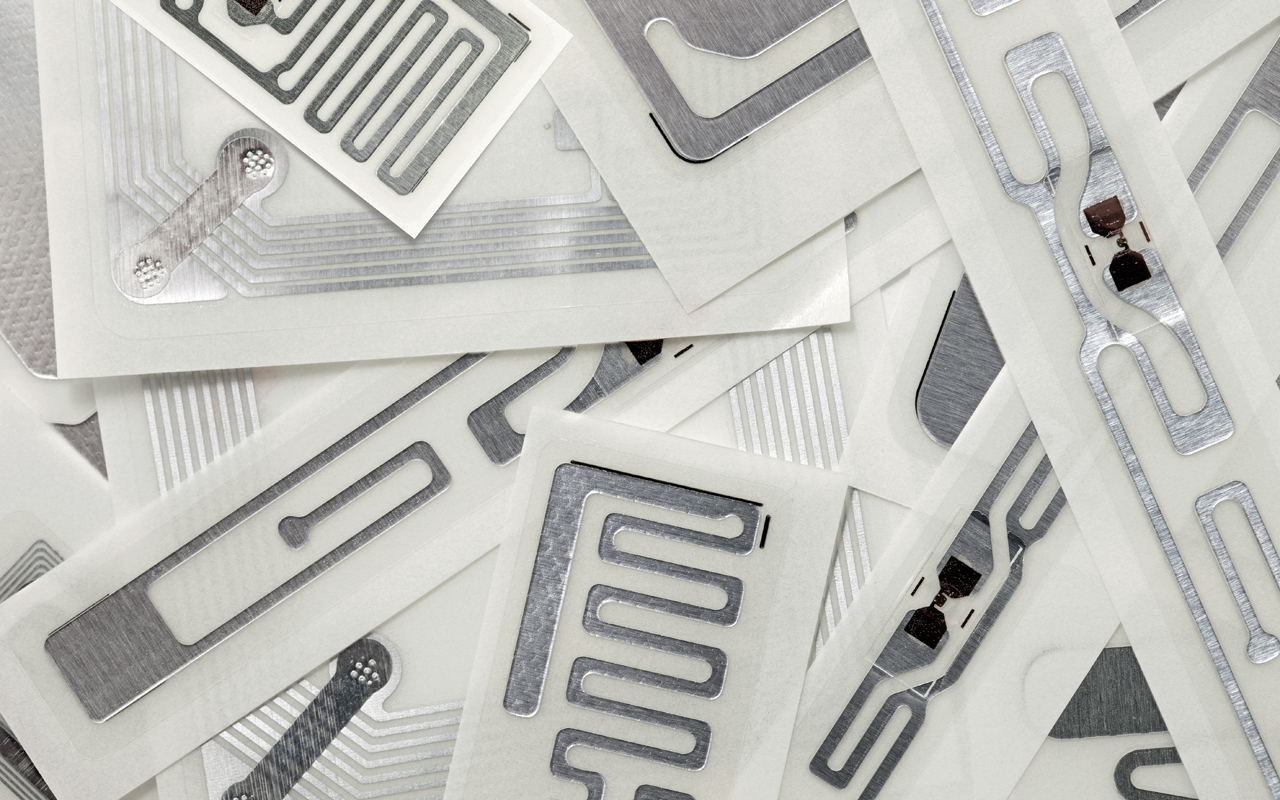
Avery Dennison
- Avery Dennison (AVY, $106.11) makes things you likely see and even touch several times a day – everything from marketing displays and wine bottle labels to package tracking technologies and apparel price tags. You don’t give them a second thought, but without them, a great deal of commerce would simply stop.
That makes Avery Dennison the supplier not to consumers, but to organizations that are selling directly to and servicing consumers – thus, this stock sometimes is categorized as consumer staples, and sometimes categorized as materials. But its business consistency certainly resembles consumer staples, with growth typically staying on course from one year to the next. Analysts estimate that Avery’s earnings will grow 11% next year on a 5.7% improvement in sales, underscoring the fiscal benefits of greater scale.
Avery Dennison is plenty willing to share the wealth with shareholders. The current dividend yield of 1.7% isn’t a show-stopper, but the company has a strong history of consistent dividend growth. In 2012, it was paying out 27 cents per share quarterly, but now it’s giving investors 45 cents – an increase in step with Avery Dennison’s earnings growth. In 2012, the company was doing well to post a profit of $2.08 per share, but over the past four quarters, it has driven a per-share profit of $4.48.

Ecolab
There aren’t many industries Ecolab (ECL, $131.99) isn’t involved in, even if you’ve never heard of the company. It offers everything from water management solutions to hygiene products to restaurant kitchen equipment repair to laundry supplies, just to name a few.
Ecolab doesn’t sell directly to consumers, but instead to companies that deal directly with consumers. And as seriously as customer-oriented organizations have taken hygiene and sanitation in the past, the need for such solutions will only grow in the future.
Look at the misery that fast-casual burrito slinger Chipotle Mexican Grill (CMG) has suffered since being pegged as the epicenter of a late-2015 E. coli outbreak. Nearly two years out, consumers still are snubbing the restaurant chain for its gaffes. No organization wants to risk being “the next Chipotle.”
Another thing that bodes well for Ecolab’s future: Access to adequate clean and affordable water is drying up. A recent survey of large businesses revealed that by 2030, demand for water is expected to exceed supply by 40%, forcing these organizations to start implementing conservation and purification solutions. The rising tide of shortages puts Ecolab division Nalco Water right where it wants to be.

International Paper
Paper and packaging stocks like International Paper (IP, $57.95) haven’t enjoyed much sales or earnings growth since the late 1990s, held back by a combination of competition and adverse wood pulp pricing. However, IP hasn’t moved significantly backward in terms of revenue and earnings, either. The underlying dynamic shouldn’t change, as the need for paper, cardboard and food containers shouldn't wane anytime soon.
This scenario lends itself to a healthy dividend payout that has been ramped up in earnest since 2010. Prior to the 2008 headwind that took a toll on all stocks, IP’s quarterly payout was just under 25 cents per share. After briefly pulling back to 2.5 cents quarterly in 2009-10, that dividend has rebounded to more than 46 cents per share in the meantime, and it’s still growing.
In short, International Paper has become focused on its free cash flow – the cash profits a company generates annually after making the capital expenditures necessary to maintain the business – for the primary purpose of paying out a dividend. It presently yields 3.1%, but a combination of debt reduction, share buybacks and even the occasional acquisition sets the stage for improving payouts.
Profit and prosper with the best of Kiplinger's advice on investing, taxes, retirement, personal finance and much more. Delivered daily. Enter your email in the box and click Sign Me Up.
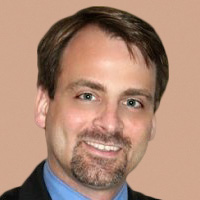
-
 I'm want to give my 3 grandkids $5K each for Christmas.
I'm want to give my 3 grandkids $5K each for Christmas.You're comfortably retired and want to give your grandkids a big Christmas check, but their parents are worried they might spend it all. We ask the pros for help.
-
 If You're Not Doing Roth Conversions, You Need to Read This
If You're Not Doing Roth Conversions, You Need to Read ThisRoth conversions and other Roth strategies can be complex, but don't dismiss these tax planning tools outright. They could really work for you and your heirs.
-
 Could Traditional Retirement Expectations Be Killing Us?
Could Traditional Retirement Expectations Be Killing Us?A retirement psychologist makes the case: A fulfilling retirement begins with a blueprint for living, rather than simply the accumulation of a large nest egg.
-
 The 24 Cheapest Places To Retire in the US
The 24 Cheapest Places To Retire in the USWhen you're trying to balance a fixed income with an enjoyable retirement, the cost of living is a crucial factor to consider. Is your city the best?
-
 5 Stocks to Sell or Avoid Now
5 Stocks to Sell or Avoid Nowstocks to sell In a difficult market like this, weak positions can get even weaker. Wall Street analysts believe these five stocks should be near the front of your sell list.
-
 Best Stocks for Rising Interest Rates
Best Stocks for Rising Interest Ratesstocks The Federal Reserve has been aggressive in its rate hiking, and there's a chance it's not done yet. Here are eight of the best stocks for rising interest rates.
-
 The Five Safest Vanguard Funds to Own in a Volatile Market
The Five Safest Vanguard Funds to Own in a Volatile Marketrecession The safest Vanguard funds can help prepare investors for market tumult but without high fees.
-
 The 5 Best Inflation-Proof Stocks
The 5 Best Inflation-Proof Stocksstocks Higher prices have been a major headache for investors, but these best inflation-proof stocks could help ease the impact.
-
 5 of the Best Preferred Stock ETFs for High and Stable Dividends
5 of the Best Preferred Stock ETFs for High and Stable DividendsETFs The best preferred stock ETFs allow you to reduce your risk by investing in baskets of preferred stocks.
-
 What Happens When the Retirement Honeymoon Phase Is Over?
What Happens When the Retirement Honeymoon Phase Is Over?In the early days, all is fun and exciting, but after a while, it may seem to some like they’ve lost as much as they’ve gained. What then?
-
 5 Top-Rated Housing Stocks With Long-Term Growth Potential
5 Top-Rated Housing Stocks With Long-Term Growth Potentialstocks Housing stocks have struggled as a red-hot market cools, but these Buy-rated picks could be worth a closer look.
